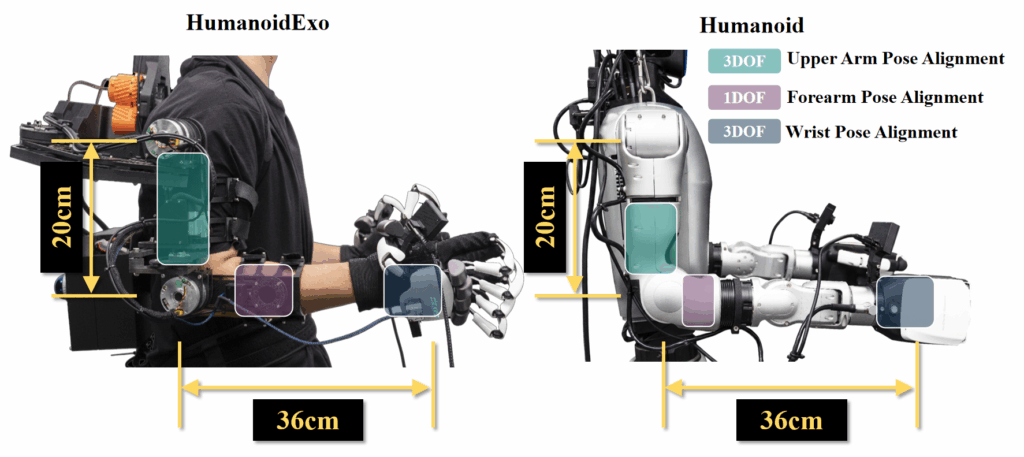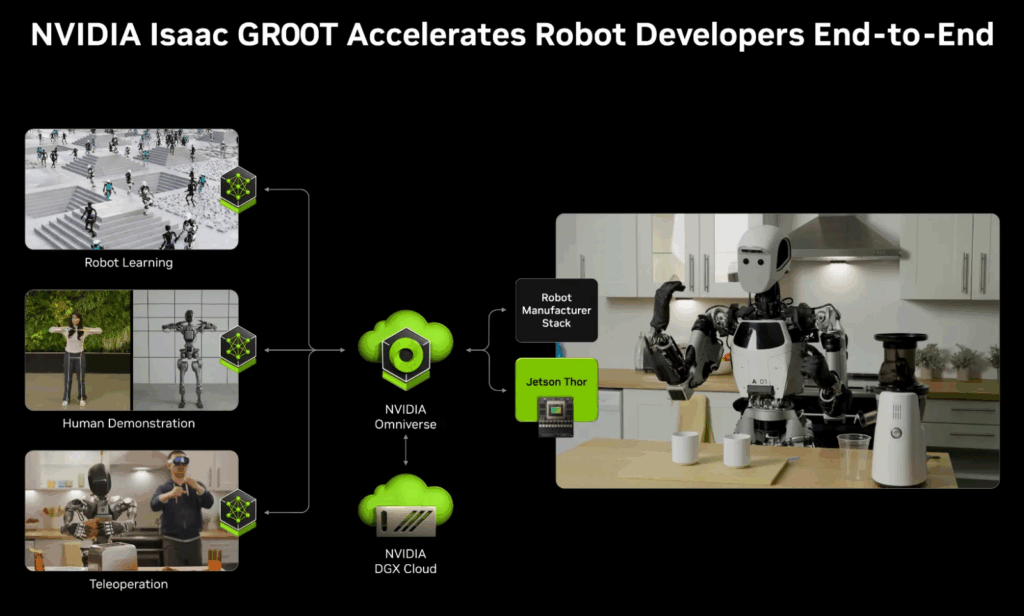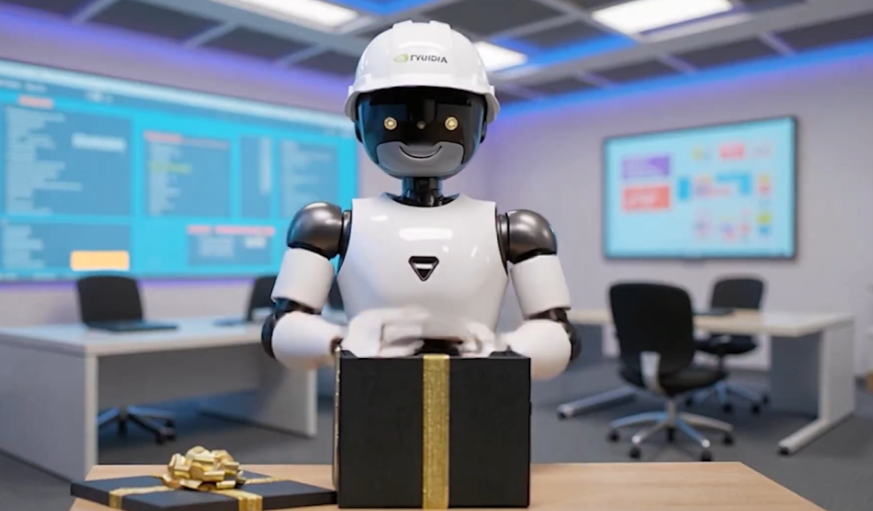🤖 Researchers from China’s National University of Defense Technology, together with the Midea Group corporation, have introduced an innovative system called HumanoidExo — a lightweight and compact wearable exoskeleton that records human movements and converts them into structured data for training humanoid robots.

Exoskeleton for data collection and robot training. Source: Github
The development tackles one of the toughest challenges in modern robotics — teaching humanoid robots natural movements without the need to collect thousands of costly demonstrations.
How it works
HumanoidExo is not just a suit but a full-fledged interface between human and robot. It is equipped with:
- inertial sensors on the wrists for precise hand motion tracking;
- a LiDAR module on the back that tracks body position and user height;
- a joint-matching system where seven human arm joints fully correspond to the robot’s mechanics.
To improve environmental perception, two cameras were added on the wrists — mounted on Dexmo gloves with tactile feedback, positioned at the same angle as the robot’s cameras. This setup provides new viewing angles and a fuller spatial perception, greatly enhancing the accuracy and realism of humanoid training.

Source: Github
The collected data is processed by a two-tier AI system HumanoidExo-VLA, which includes a Vision-Language-Action model interpreting tasks and commands, and a reinforcement learning controller responsible for balance and motion stability.
Test Results
Testing delivered impressive outcomes. The humanoid Unitree G1, trained with the new method, was able to:
- perform complex object manipulations;
- maintain balance even under physical interference;
- learn to walk after only five teleoperation sessions and 195 recorded sessions using the suit.

Training efficiency increased from 5% to 80%, comparable to models trained with hundreds of traditional demonstrations.
In one experiment, a person simply recorded themselves walking to a table — and afterward, the robot repeated the motion autonomously, even though the original data contained no such example. When researchers pushed the robot, it regained balance and continued its task without human intervention.
Why It Matters
The main challenge in humanoid training is the lack of high-quality data. Videos and simulations don’t capture the full picture of real-world movements, and collecting physical data is complex and expensive. HumanoidExo removes this barrier by directly and accurately transferring human motion, significantly accelerating and reducing the cost of next-generation robot development.
Context
The robotics sector is booming — from industrial manipulators to autonomous assistants. In August, Nvidia unveiled the Jetson AGX Thor module priced at $3,499 — the “brain of the robot,” designed for training and controlling complex systems.

Experts believe that HumanoidExo and similar technologies could be the key to creating robots that move like humans — intuitively, precisely, and safely, without the need to manually program every action.
🚶♂️ Thus, China is taking a notable step toward a future where human movement becomes the language of machine learning.
A video clip of the experiment can be viewed on our Telegram channel.
All content provided on this website (https://wildinwest.com/) -including attachments, links, or referenced materials — is for informative and entertainment purposes only and should not be considered as financial advice. Third-party materials remain the property of their respective owners.


